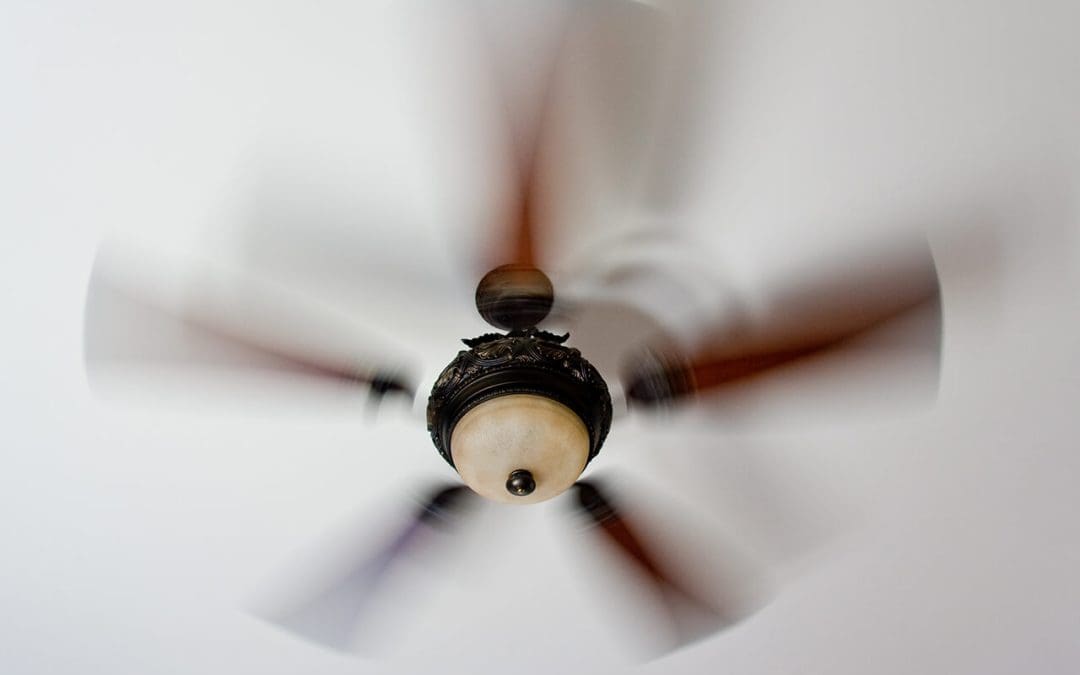As the summer heat in Texas soars, keeping your home cool without breaking the bank can be challenging. The good news is that with a few strategic changes, you can significantly reduce home cooling costs while staying comfortable. Here are some effective strategies to help you keep your energy bills in check.
Reduce Home Cooling Costs by Optimizing Your Thermostat Settings
Your thermostat plays a crucial role in managing your cooling costs. During the hotter months, set your thermostat to the highest temperature you’re comfortable with. The U.S. Department of Energy recommends setting your thermostat to 78°F when you’re at home and raising it a few degrees when you’re away. If you have a programmable thermostat, take advantage of its features by scheduling temperature adjustments based on your daily routine.
Enhance Your Home’s Insulation
Proper insulation is essential in keeping your home cool and energy-efficient. Many homes in Texas can benefit from additional insulation in the attic, where heat tends to accumulate. Sealing gaps around windows, doors, and ductwork can also prevent cool air from escaping and warm air from entering. By improving your home’s insulation, you can maintain a consistent indoor temperature and reduce the workload on your air conditioning system.
Use Ceiling Fans Wisely to Reduce Home Cooling Costs
Ceiling fans can be a great ally in reducing cooling costs. When used with your air conditioning, ceiling fans help circulate cool air more effectively, allowing you to raise the thermostat by a few degrees without sacrificing comfort. Ensure that your ceiling fans rotate counterclockwise during the summer, as this setting pushes cool air downward.
Block Out the Sun
The intense Texas sun can quickly heat up your home, making your air conditioning work harder to maintain a cool temperature. To combat this, invest in sun-blocking strategies like blackout curtains, shades, or reflective window film. These window treatments can significantly reduce the heat entering your home, keeping it cooler and reducing your reliance on air conditioning.
Upgrade to Energy-Efficient Appliances
If your air conditioning unit is over ten years old, it may be time for an upgrade. Modern, energy-efficient air conditioning units consume less energy while providing superior cooling performance. Look for units with a high SEER (Seasonal Energy Efficiency Ratio) rating, as these are designed to operate more efficiently in hot climates like Texas. Consider upgrading other appliances, such as your refrigerator and water heater, to energy-efficient models to further reduce your energy consumption.
Schedule Regular HVAC Maintenance to Reduce Home Cooling Costs
Routine maintenance of your HVAC system is essential for keeping it running efficiently. Dirty filters, clogged ducts, and low refrigerant levels can all contribute to higher energy usage and reduced cooling capacity. Schedule a professional HVAC inspection at least once a year to ensure your system is operating at peak efficiency. Regular maintenance extends the life of your equipment and helps you avoid unexpected breakdowns during the hottest months.
Embrace Smart Home Technology
Smart home technology can be a game-changer in managing your cooling costs. Smart thermostats, for instance, learn your habits and adjust the temperature automatically to maximize efficiency. You can also control these devices remotely via smartphone apps, allowing you to adjust the temperature when you’re not at home. Smart home systems can also integrate with other devices like ceiling fans and window shades, creating a cohesive, energy-saving environment.
Take Advantage of Off-Peak Hours
Many utility companies in Texas offer time-of-use plans, where electricity rates vary based on the time of day. You can reduce your energy costs by shifting some of your energy-intensive activities, such as running the dishwasher or doing laundry, to off-peak hours. Consider pre-cooling your home during these cheaper periods, allowing your air conditioning to work less during peak hours.
Reducing your home cooling costs in Texas doesn’t have to mean sacrificing comfort. Start implementing these strategies today, and enjoy a more comfortable, cost-effective summer.
FAQs
How can landscaping help reduce cooling costs in my home?
Strategically planting trees, shrubs, and vines around your home can significantly reduce cooling costs. Shade from trees can block up to 70% of solar heat reaching your home, especially on windows facing the sun. Deciduous trees are particularly effective since they provide shade in the summer and allow sunlight through in the winter when they shed their leaves.
How effective are attic fans in reducing cooling costs?
Attic fans can be highly effective in reducing cooling costs by venting hot air out of your attic, which is one of the hottest parts of your home. By lowering the temperature in your attic, attic fans reduce the overall heat load on your living space, making it easier for your air conditioning system to cool your home.
Does the size of my air conditioning unit affect cooling costs?
Yes, the size of your air conditioning unit is crucial for efficiency. An undersized unit will struggle to cool your home, leading to higher energy consumption. Conversely, an oversized unit may cool the space too quickly without adequately dehumidifying it, leading to frequent cycling and increased wear. It’s essential to have a professional calculate the appropriate unit size based on your home’s square footage, insulation, and other factors.
What role do roof color and material play in cooling costs?
The color and material of your roof can greatly impact your home’s cooling costs. Light-colored or reflective roofing materials reflect more sunlight, keeping your home cooler. Cool roofs, designed to reflect more sunlight and absorb less heat, can reduce your roof’s temperature by up to 50°F, lowering the need for air conditioning.
Right Choice Home Inspection provides home inspection services in Austin and the surrounding area. Contact us today to schedule an inspection.

